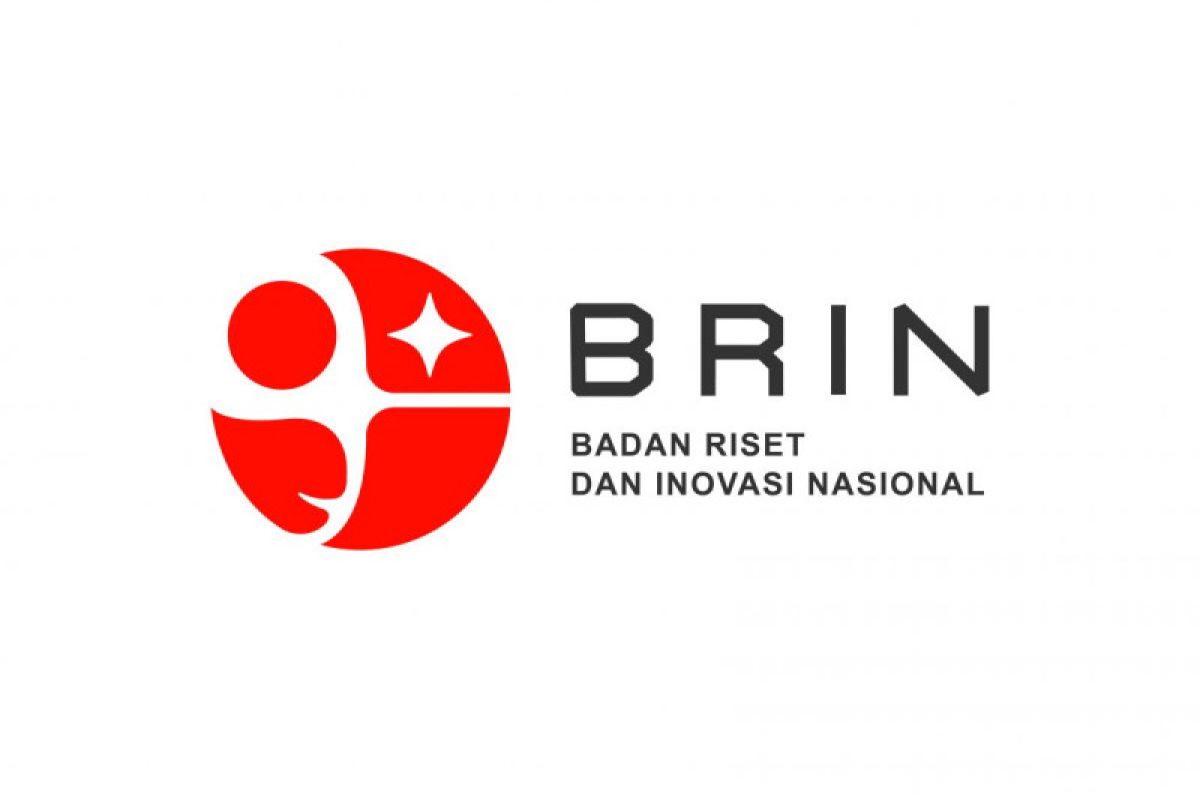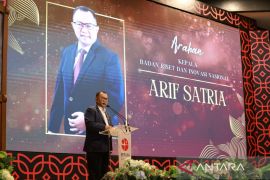This award is expected to become a starting point for these researchers to achieve higher in future and to encourage other women researchers at the biotechnology research center.Jakarta (ANTARA) - Three researchers from the National Research and Innovation Agency (BRIN) won L’Oreal-UNESCO for Women in Science 2021 Award, BRIN's Biotechnology Research Center Head Ratih Asmana Ningrum stated.
The trio awardees are Peni Ahmadi from the Biotechnology Research Center for the life science category, Fransiska Sri Herwahyu Krismatuti from the Chemistry Research Center and Febty Febriani from the Physics Research Center for the non-life science category.
"This award is expected to become a starting point for these researchers to achieve higher in future and to encourage other women researchers at the biotechnology research center," Ningrum noted in a statement here on Thursday.
Through the slogan "World Needs Science and Science Need Women," L'Oreal Foundation Indonesia, along with UNESCO, held yet again For Women in Science (FWIS) 2021 Program.
Related news: BRIN to build four earthquake-resilient composite homes in 2021
The FWIS Program was unveiled worldwide as a form of support for women scientists working in the field of science.
The categories for L’Oreal-UNESCO FWIS 2021 are life sciences and non-life sciences (material science, earth science, computer science, mathematics, chemistry, physics).
The requirement to become a FWIS recipient or fellowship are that the candidates have to be women of maximum 40 years of age as of November 30, 2021, and have a doctoral degree or received doctoral education.
In addition, the submitted research proposal should have a strategic impact on the nation, is sustainable, and produce collaboration.
Ningrum expects that the achievements of BRIN researchers would motivate women researchers to produce beneficial research products for the people, nation, and world.
Related news: BRIN builds breakwaters to safeguard coastal areas from abrasion
Krismastuti submitted a research titled Zinc oxide Nanostructures from Galvanization Waste as Chronic Wound Prognostics.
Krismastuti noted that galvanization waste that contains zinc could be processed to become nano Zinc oxide (ZnO) and natural coloring from purple cabbage can be used for chronic wound prognostics of diabetic patients.
Meanwhile, Febriani proposed a research titled Assessment of Indonesia’s Crustal Heterogeneity Characteristic Based on Geomagnetic Data for Disaster Risk Reduction of Earthquake and Tsunami in Indonesia.
Febriani deems it important to develop this research since Indonesia is surrounded by active tectonic plates that had made its crust heterogeneous.
Related news: Endemic corals need to be protected from bleaching: BRIN
"This condition was also causal to Indonesia becoming a nation with active seismic and volcanic conditions. This is marked by the prevalence of earthquake and volcanic activities in Indonesia each year," she explained.
She conducted her research by collaborating with various parties, including those from Mataram University, Lombok, in analyzing geomagnetic data to check its validity as a precursor of earthquakes.
The geomagnetic data could be used to gain a broader understanding of the characteristics of Indonesia's crust that would allow researchers to map out dangers, risks, and vulnerability of certain regions to earthquakes.
Related news: Indonesia-Japan cooperation is mutually beneficial: Envoy
Related news: Need diplomatic solution to South China Sea issue: Malaysia
Translator: Martha S, Fadhli Ruhman
Editor: Fardah Assegaf
Copyright © ANTARA 2021












